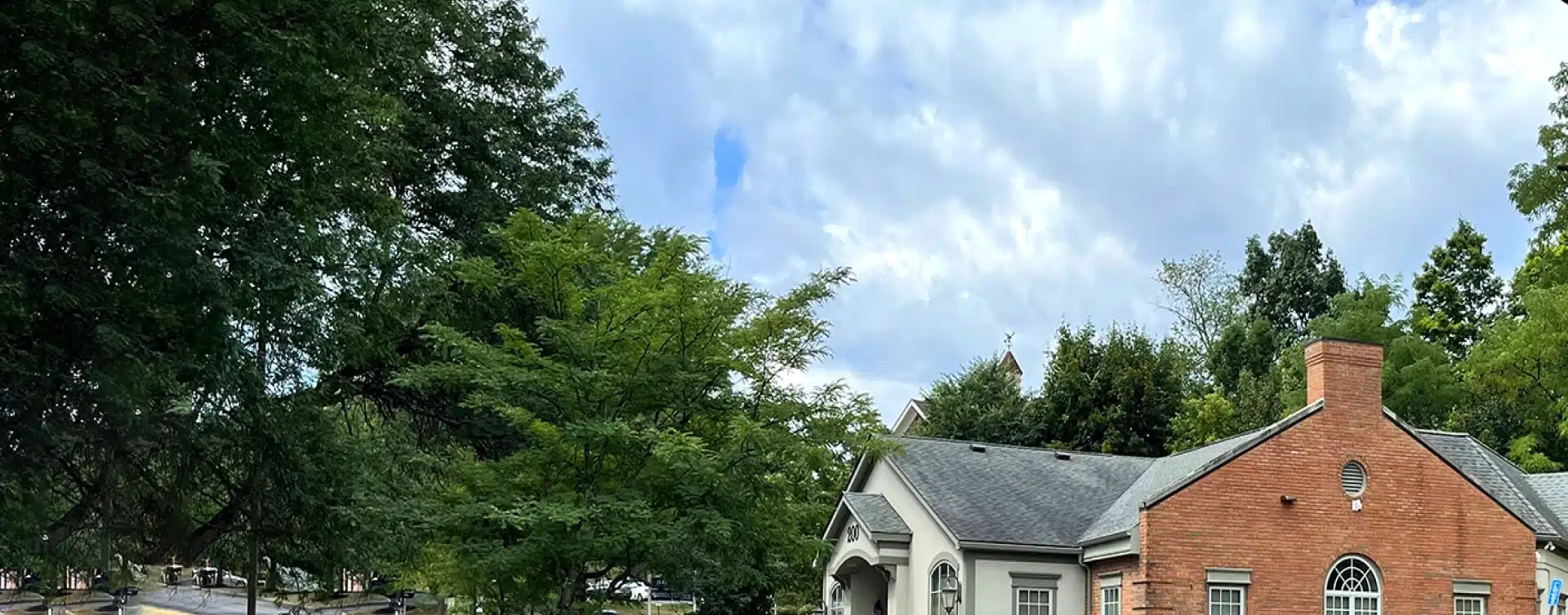Tattoos around the belly button, at the hip bone, and even along the pelvic bone are trendy. These tattoos can be a beautiful personal statement and look even more fabulous on a toned, trim abdomen. Yet, as age, pregnancy, and even weight fluctuation wreak havoc on your body, those tattoos might start to look less attractive. Having a tummy tuck procedure can help you get back that shapely abdomen, but at what cost? If you have to sacrifice your tattoo to get that old abdomen back, it might not seem like a smart procedure at all.

How Tummy Tucks Change Tattoos
A tummy tuck procedure is performed to trim and tone the abdomen by removing excess skin, tightening muscles, and occasionally eliminating excess fat from the area. All of these changes can create a dramatic change to your body’s shape and appearance, but what about the tattoo-bearing skin on your tummy?
During your tummy tuck surgery, the skin will be pulled to be more taut and firm, then the excess will be trimmed away. As a result, it is very common for a patient’s abdominal tattoos to appear distorted or stretched. Tattoos around the belly button or along the groin are most at risk for big changes during surgery.
Minimize Tattoo Distortion
While it may not be possible to leave tattoos completely unaffected by tummy tuck surgery, there are some measures that can be taken to minimize the stretching, pulling, and distortion of your designs. During your consultation, discuss your concerns about preserving your tattoos with your plastic surgeon. Depending on where they are, he may be able to slightly alter the location of skin excision, meaning he could remove skin from somewhere else and alter the amount of “pulling” being done to your tattoo. It may not be possible to save it completely, but talking openly about it could help you hear some good news!
Tattoo After Tummy Tuck
For some prospective patients, the tattoo might come well after the tummy tuck is over and the incisions have all healed. Many look to get a tattoo over the incision site as a way to mask their scars and reclaim that part of their body. While scars are much less noticeable today than they once were, some patients would prefer them to be completely invisible. Once your plastic surgeon has cleared you as fully healed, which may be roughly six months to a year after surgery, it is safe to place a tattoo over the incision area.
To contact Dr. Rubinstein, please call 845-863-1772. Laser & Cosmetic Surgery Specialists is located at 200 Stony Brook Court #2 in Newburgh, New York.
